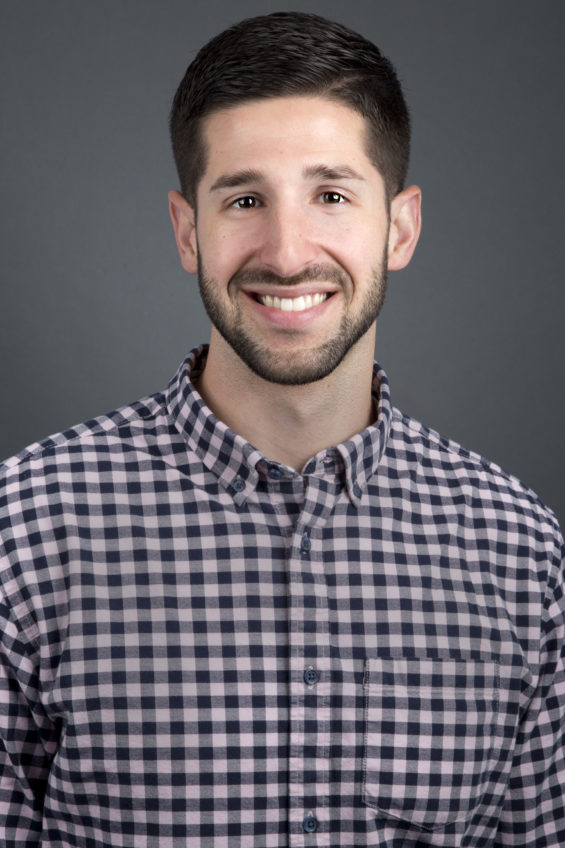
Respiratory illnesses are a significant problem for skilled nursing facility residents. Their causes may be under foot.
According to a report by the Office of the Inspector General, more than 12% of nursing home hospitalizations result from lower respiratory issues such as pneumonia and COPD-related problems1. These emergencies may be triggered by allergens and irritants within the facility. A common source is carpeted floors and fabrics.
Healthcare facilities such as hospitals, surgery centers and long-term care facilities often prefer hard-surface flooring for reasons of cleanliness. Vinyl composite tile and other hard-surface floors can be disinfected. Not so with carpet.
But carpet has certain benefits over hard surfaces. Carpet is softer, so it is more comforting to feet and legs, and it can cushion a fall. It has acoustic and insulating qualities, and carpet can be more aesthetically pleasing. For those reasons skilled nursing home designers often use a combination of hard and carpeted flooring materials.
Unfortunately, carpet piling can trap and hold particulate matter such as dust, dirt, mold spores, dust mites, mildew, pet dander and other contaminants. Unless the carpet is cleaned regularly and thoroughly, those particles will remain embedded until they are agitated and dispersed into the air where they can be inhaled. For seniors or staff with respiratory or sinus issues, this can potentially cause discomfort and even lead to hospitalization.
Keeping carpets clean and free of allergens and irritants requires a sustained maintenance program. Cleaning professionals suggest a three-tiered process for carpets. When done properly, such a cleaning regimen will not only greatly reduce the presence of particulates in the carpet but also help it look much better and last longer.
Vacuuming
It is best to vacuum carpet at least daily. This reduces the number of particulates in the carpet and maintains them at a lower level. Because vacuuming can stir up particulate matter, it is best to vacuum when there are no patients present, though this is not always possible.
Vacuums with high-efficiency particulate air filters are best because they trap more matter and irritants than do other filters. Make sure to empty bags or bins far away from patients to avoid putting the particulate matter back into the environment.
In skilled nursing facilities, it also is helpful to use cordless, backpack vacuums if possible, as this eliminates the trip hazard of the electrical cord and makes it easier for the user to vacuum drapes, furniture and other fabrics that are not on the floor.
Low-moisture encapsulation
The cleaning procedure called low-moisture encapsulation has been around since the 1990s. The process involves applying and then removing a solution that contains both a detergent mixture and encapsulating polymers. It is extremely effective for removing particulate matter that vacuuming may miss.
After a preliminary vacuuming, spray encapsulation solution onto the carpet with a low-pressure sprayer. Encapsulating polymers in the solution surround particulates that are in the carpet fibers. When agitated, the air causes the polymers to form tiny crystals that trap the dirt and grime which can then be vacuumed easily. Since the solutions contain only small amounts of moisture, they dry quickly, so the carpet can be back in use in as little as 30 minutes.
Professional services such as ServiceMaster Clean recommend low-moisture encapsulation cleaning about once per month.
Hot-water extraction
The most thorough carpet cleaning method is hot-water extraction. This method involves first vacuuming, then applying cleaning solution, then injecting hot water under pressure to loosen dirt and grime from the carpet pile. In the same motion, a powerful extractor removes the water along with most of the soils and contaminants that was embedded in the fibers. This process not only removes particulate matter but it also helps eliminate odors and stains in the carpeting.
The down side to hot-water extraction is that the carpet will need time to dry, usually about eight hours. Cleaning professionals recommend extraction annually or biannually.
The bottom line
Regular, thorough carpet maintenance is an expense that actually pays in the long run. Clean flooring is very attractive to residents, potential residents and guests. It extends carpet life and reduces odor. Most importantly, it significantly reduces the likelihood that allergens and respiratory irritants are lurking in your carpeting, a hazard for patients and staff.
With clean carpets underfoot, everyone will breathe easier.
Daniel Gravatt is business operations manager for ServiceMaster Clean. He is a Licensed Nursing Home Administrator and a Trainer of the Certified Surgical Cleaning Technician program.)
1 https://www.hanys.org/etta/include/docs/dissection_hospitalizations_nyshfa_2015.pdf





